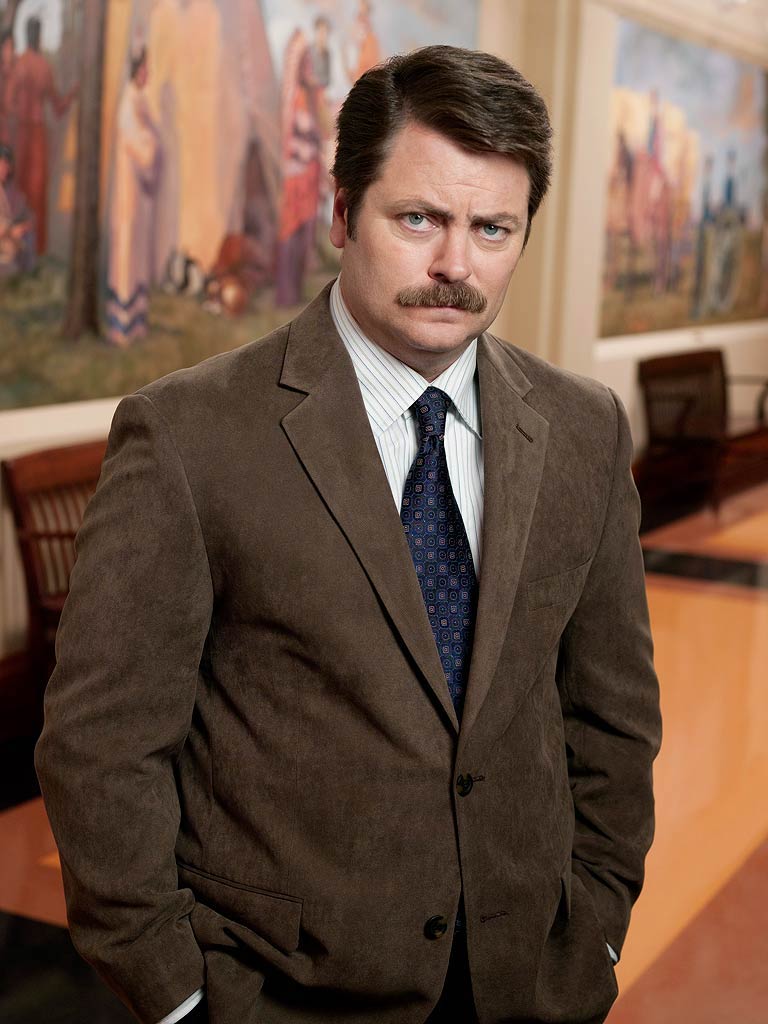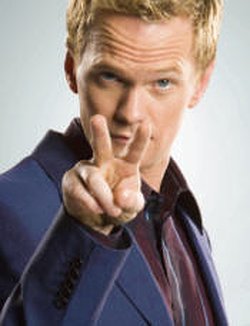A GUEST BLOG BY FOUNDING OZARKS ROMANCE AUTHORS MEMBER, KATHLEEN GARNSEY.
Okay, you are writing a fantastic story and you have fifty-seven characters in your book. My question is, “What purpose do they serve?” You may think this a silly question, but if you put a character in a book, they had better have a specific job to fulfill. If they do not—delete them!
You know the purpose of your hero and heroine, but it is time to examine your secondary characters. Of course, your protagonists do not live in a world all by themselves, they interact with others. The characters you add must contribute something to move the plot forward. You do not need to give every secondary character a name, especially if they have no purpose. Example, the waiter, the butler, the maid, etc. The exception is if the waiter, the butler or the maid play a part, like planting a clue, killing someone, stealing something, or adding poison to a drink, then name them since you will talk about them later.
Definition of Characterization
Characterization is the act of creating and describing characters in literature. Characterization includes both descriptions of a character’s physical attributes as well as the character’s personality. The way that characters act, think and speak can be presented to the reader either by direct or indirect characterization. Direct characterization is when the author tells the reader what the character is like, while indirect characterization is showing the reader through the character’s thoughts, words, and deeds. Note: Showing is always better than telling.
You never want to be criticized for having stock characters, flat characters, characters with no dimensions, poorly drawn characters, and so on. Your characters must be believable, people your reader can identify with. That means they are either like that person, or have seen people who act in that manner. Saying that a book’s characters are unbelievable is one of the worst criticisms that can be made in this day in age. Authors use characterization to flesh out their characters, show the characters’ motivations, and make the reader have empathy with the characters.
If you are writing a book with a murderer or a real bad guy, think about having a few scenes with the villain/murder’s point of view. Depending on the length of your book, hold it to about three, and keep the scenes short. The most important point is if you are in the villain’s OIVthe hero/heroine cannot be in the scene—only the bad guy. If the protagonists are there, the scene belongs to one of them and you cannot use another POV.
Use your protagonists’ POV to show the reader everything in the story. It is through the hero/heroine that all the other characters come alive since it is their POV that makes the difference. They will tell/show the reader who the other characters are, what they look like, and what they are doing. The reader will learn everything from the protagonists.
Go through your manuscript and examine your characters and what they are doing. Secondary characters can add a lot to a story, just do not let them take over! There are times a side-kick, or a best friend are so dynamic they try to become the star of the story. If that is the case, give them their own book because this one belongs to someone else!
Some of TV's favorite break-out characters (as examples)
Kathleen Garnsey - Member since 1988









